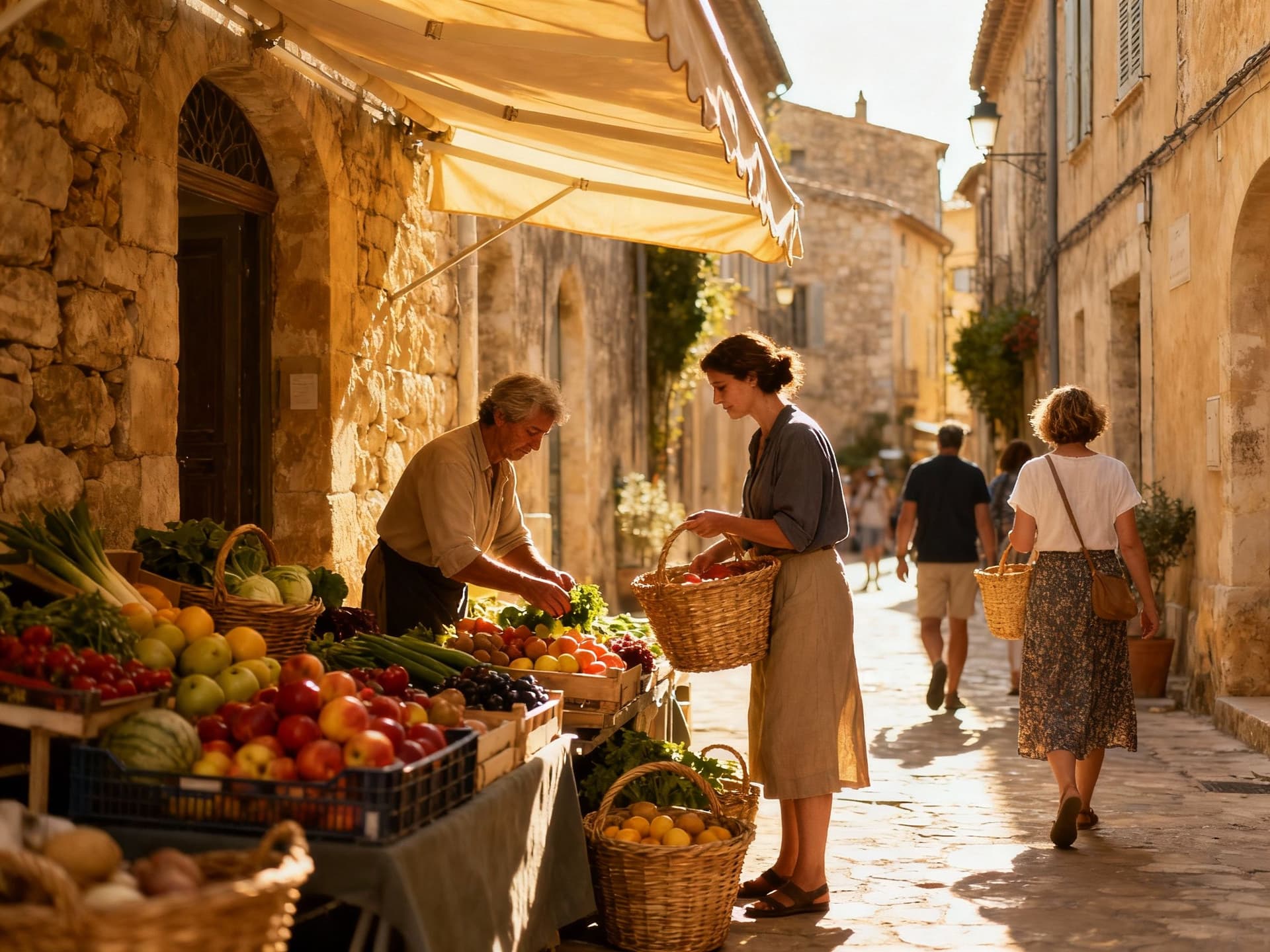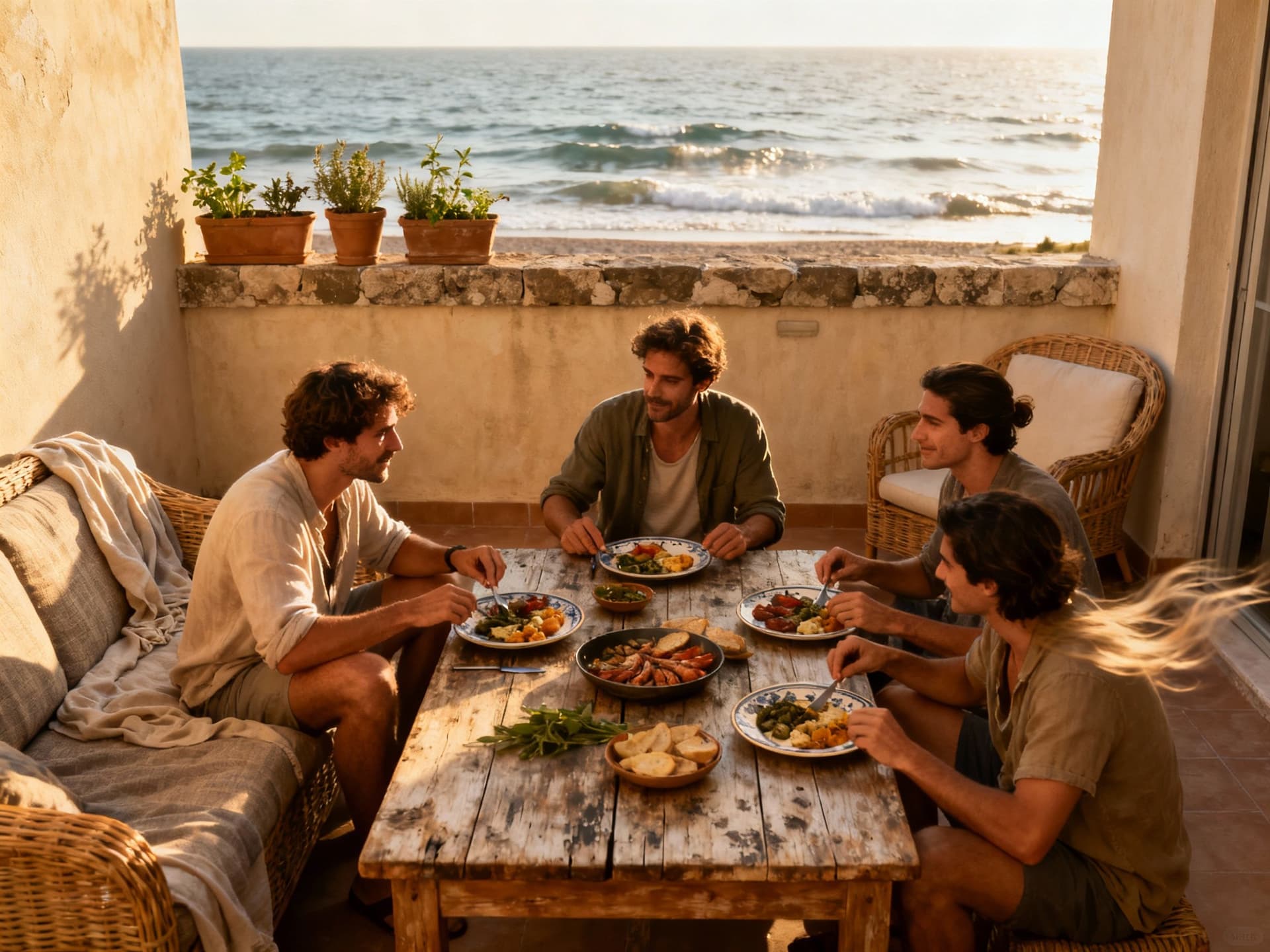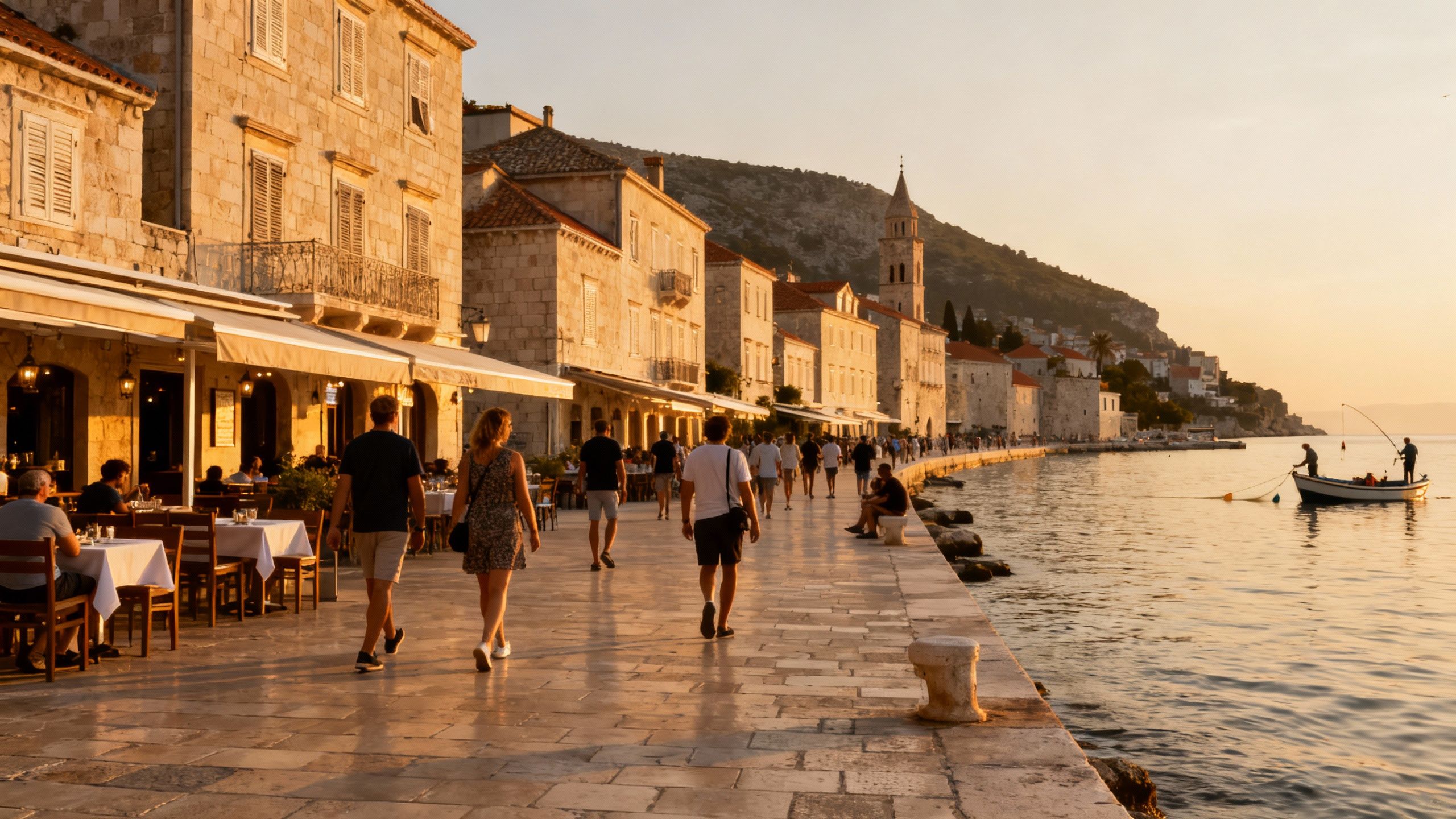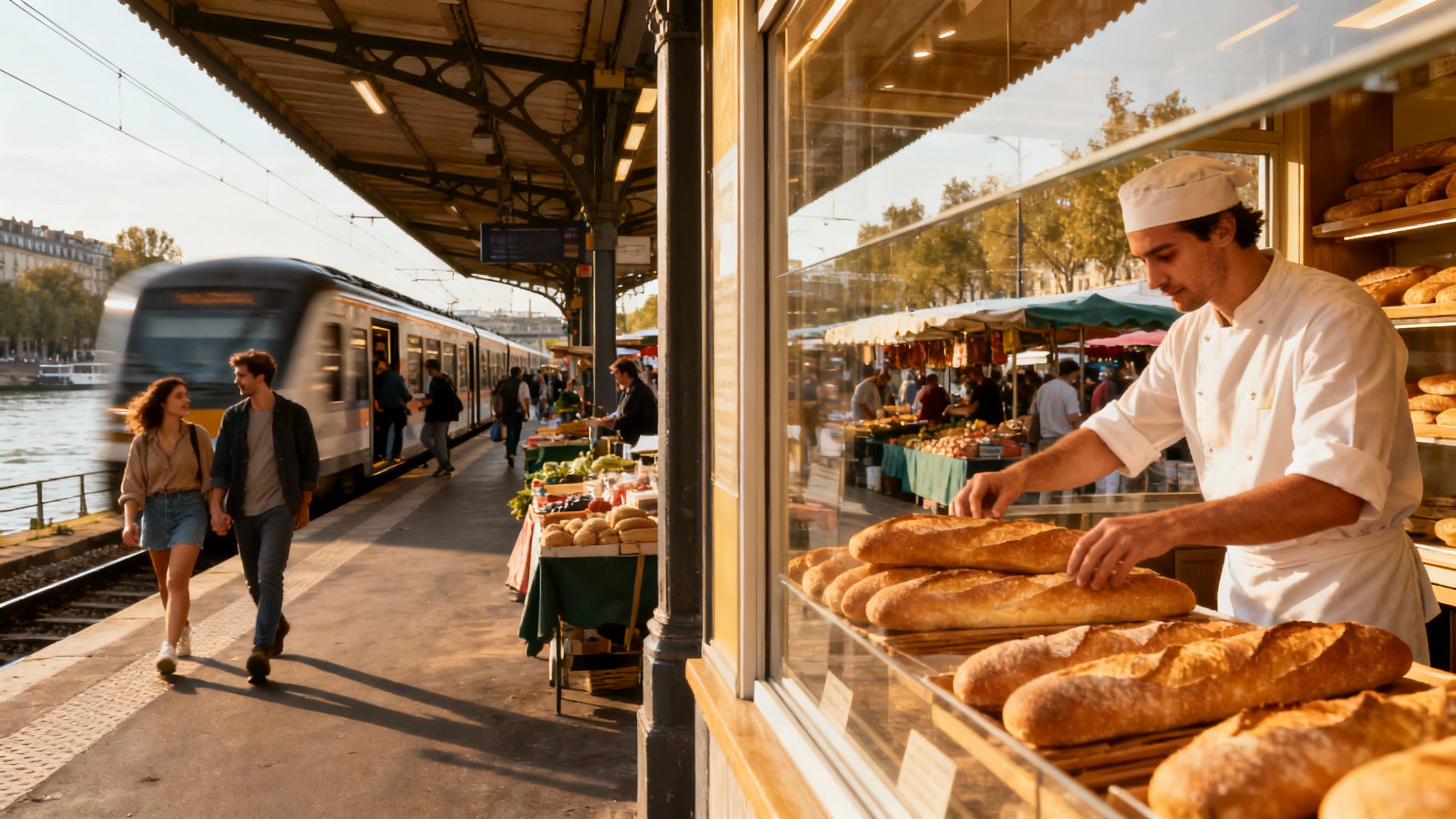Hidden Costs & Price Signals: Buying Property in France
Practical, data‑backed guide linking French lifestyle with price signals, tax realities and local steps—use INSEE and notaire records to set realistic offers.
Imagine sipping espresso at a table on Rue Cler, then stepping into a quiet 19th‑century courtyard where a small apartment awaits. France layers everyday rituals—morning markets, late dinners, seaside weekends—over a property market that moves in measured cycles. That duality matters for buyers: lifestyle is immediate, price signals are subtle and regional. This guide pairs the feel of living in France with the data and steps international buyers need to assess value and risk.
Living the French life: what you actually get

Daily life in France centers on neighbourhood routines. In Paris you walk between boulangeries, marchés and small shops; on the Côte d’Azur mornings begin by the sea and afternoons by shaded terraces; in Lyon the food scene structures social life. These rhythms affect what you value in a property: proximity to markets, sun exposure, storage for bicycles, or a small garden for summer meals. When assessing a home, map the lifestyle features alongside measurable property attributes.
Neighbourhood spotlights: Paris, Provence, Atlantic coast
Paris remains centred on arrondissements with distinct characters: the Marais for narrow streets and cafés, the 7th for museums and embassies, and the 18th for emerging creative pockets. Provence villages—Aix, Uzès, Luberon hamlets—offer olive trees, weekly markets and slow summers. On the Atlantic coast, La Rochelle and Biarritz combine maritime life with surfing culture and seasonal tourism. Each area carries different liquidity, maintenance realities and seasonal rental dynamics.
Food, markets and seasonal life that shape property choices
Markets and cafés are not decoration; they are utility. Weekly markets supply produce, reduce car dependency and influence whether a flat with minimal kitchen space will actually work for you. Seasonal influx—summer renters on the Riviera or ski visitors in the Alps—changes running costs, insurance and property management needs. Choose location with an eye to how you want to use the property across seasons.
- Lifestyle highlights: Marchés, boulangeries, coastal walks, weekly repas at local auberges, summer village fêtes, local wine bars.
Making the move: practical considerations and price signals

Lifestyle comes first for many buyers, but property is an investment with measurable indicators. National sources show price volatility across 2024–2025: after multi‑quarter declines, prices began to stabilize and in places to rise modestly. Use national statistics to set context, then drill down to departmental and municipal data. Local trends matter far more than national headlines when negotiating price or estimating rental yield.
What the data says right now
INSEE reported a modest technical pullback in Q2 2025 after a rebound earlier in the year, with regional differences evident. Larger cities have seen renewed demand and price recovery while some mid‑sized towns cooled. Recent reporting highlights this divergence: urban cores attracting young professionals are firming, while some formerly hot provincial markets are correcting. Interpret these signals by comparing transaction volume, days on market and advertised versus achieved prices.
Property types and how they perform
Apartments in central cities hold liquidity but face stringent co‑ownership rules and higher maintenance charges. Country houses and villas offer land and sunlight but can require significant upkeep and are sensitive to local employment trends. New builds come with lower notaire costs and energy standards but can be pricier per square metre. Match property type to intended use: full‑time living, seasonal rental, or long‑term investment.
- Practical checklist (steps to reconcile lifestyle and market data): 1) Pull INSEE and notaires data for target communes. 2) Compare advertised prices with recent sale prices in the same street. 3) Check transaction volumes and time on market. 4) Model net yield including local taxes, insurance and management. 5) Confirm renovation and energy requirements before offer.
Insider knowledge: costs, taxes and local practice
Transaction costs in France matter to final calculus. Notaire fees and taxes commonly add 7–8% on resale properties; new builds have lower notaire costs. Agency fees are often included in the advertised price and typically borne by the seller, but practice varies. Currency conversion, transfer timing and tax residency rules all change net ownership costs; factor them into offer strategy rather than assuming headline price equals total cost.
Working with local experts who understand both lifestyle and law
A competent local notaire, an auditor for tax planning and a bilingual agent reduce risk. Agents with local market datasets can compare advertised asking prices to notarised sale prices. Consider a French accountant to model income tax on rentals and wealth tax exposure where relevant. Use experts to convert lifestyle preferences into a defensible price range and contractual protections.
- Red flags and negotiation points: insufficient recent comparable sales; unusually long time on market; missing energy diagnostics (DPE); complex co‑ownership rules; unclear delimitation of land or boundaries.
International buyers often underestimate running costs and seasonal volatility. Factor in local council taxes, insurance for coastal exposure, possible rental seasonality and maintenance for older masonry buildings. For investments, stress‑test yields against varying occupancy and financing rates. For primary residences, prioritise comfort features that sustain quality of life year‑round—insulation, light, and access to services.
Cultural integration: practical tips
Learn basic French phrases for transactions and neighbours; local courtoisie matters. Attend markets and local fêtes to meet residents and assess community fit. Engage a translator for contracts until you are comfortable with legal French; do not rely on verbal assurances. Integration reduces friction and uncovers local opportunities—short‑term rentals recommended by an expat group mean less than you might expect once you check regulations.
In short: France offers varied, high‑quality lifestyles tied to clearly different market dynamics. Use national data to orient expectations, then rely on local sale records, expert advisors and on‑the‑ground checks. Treat price signals as regional, not national, and always model total ownership costs. If lifestyle is the reason you came, put it at the centre of your search—but verify every assumption with data and local expertise before committing.
Next steps: gather INSEE and notaire extracts for chosen communes, commission a local technical survey before final offer, and arrange tax and residency advice to understand long‑term costs. A measured, data‑informed approach preserves lifestyle upside while limiting avoidable mistakes. When you are ready, a local agent acting as an informed adviser—not a promoter—will be most useful in turning the life you want in France into a defensible purchase.
Danish investment specialist who relocated to Costa del Sol in 2015. Focuses on data-driven market timing and long-term value for Danish buyers.


